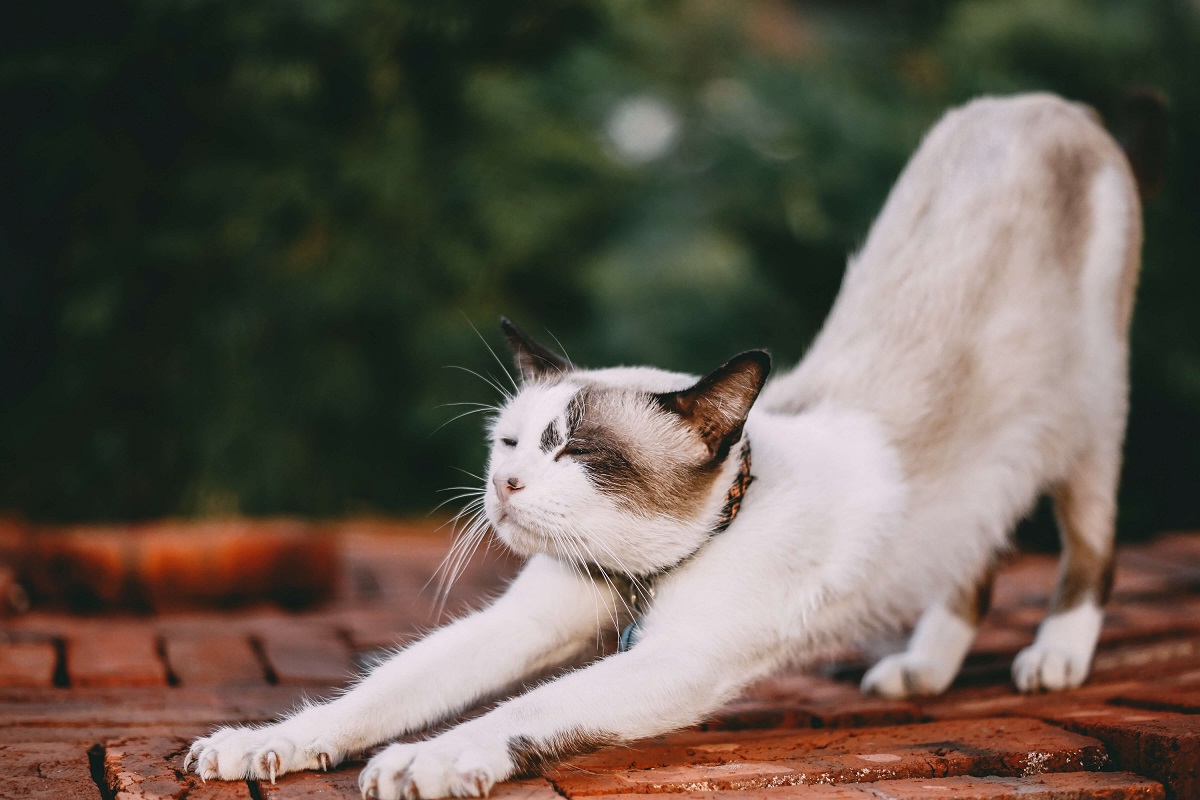Have you ever noticed that the less you move, the less you *want* to move?
There are definitely several factors to this, but I think one of them has to do with our fascia.
One of my students told me today that when we stretch in the morning (in my Stretching Together class), she feels like her body is frozen and she can only go to 70% of her “normal” range of motion, but then it helps her in the afternoon yoga class where she actually feels more flexible.
And that would be because of the connective tissue between (and inside) our muscles, called fascia. Every night, when we sleep, this tissue grows thicker and stickier and prevents the sliding of the muscles and organs against each other. That’s why your body feels stiff when you wake up and you feel the need to stretch (anyone who’s ever seen a cat come out of a nap knows it!)
As you move, the fascia melts, surfaces start sliding against each other again and you regain your mobility.
But what happens if you don’t?
If, for example, there’s a pandemic, and you wake up, walk to your computer, work all day, then watch television and walk back to bed? (Wild assumption, I know.)
The fascia doesn’t melt, it builds up. And day after day, you feel stiffer and stiffer, you lose mobility and some call that ageing.
So to come back to my student, in the morning, she feels “frozen” because of the fascia build-up of the night before, but then we stretch, melt the fascia, and by the afternoon yoga class, she feels more flexible than if she hadn’t, because she has less fascia build-up to work with!

